The Surveillance IP Camera Market is currently characterized by a dynamic competitive landscape, driven by technological advancements and increasing security concerns globally. Major players such as Hikvision (China), Dahua Technology (China), and Axis Communications (Sweden) are at the forefront, each adopting distinct strategies to enhance their market positioning. Hikvision (China) focuses on innovation through the development of AI-powered cameras, which are increasingly integrated into smart city projects. Meanwhile, Dahua Technology (China) emphasizes regional expansion, particularly in emerging markets, to capture a broader customer base. Axis Communications (Sweden) is known for its commitment to sustainability, integrating eco-friendly practices into its manufacturing processes, which resonates well with environmentally conscious consumers. Collectively, these strategies not only intensify competition but also drive the market towards more sophisticated and integrated surveillance solutions.
In terms of business tactics, companies are increasingly localizing manufacturing to mitigate supply chain disruptions and enhance responsiveness to regional demands. The market structure appears moderately fragmented, with a mix of established players and new entrants vying for market share. This fragmentation allows for diverse offerings, yet the influence of key players remains substantial, as they set benchmarks for technology and service standards.
In August 2025, Hikvision (China) announced a partnership with a leading AI firm to enhance its video analytics capabilities. This collaboration is poised to significantly improve the functionality of their surveillance systems, enabling real-time threat detection and response. Such advancements not only bolster Hikvision's product offerings but also position the company as a leader in the integration of AI within surveillance technology, potentially reshaping customer expectations in the market.
In September 2025, Axis Communications (Sweden) launched a new line of environmentally sustainable IP cameras, which utilize recycled materials in their production. This initiative aligns with the growing consumer demand for sustainable products and reflects Axis's strategic focus on eco-innovation. By prioritizing sustainability, Axis not only differentiates itself from competitors but also appeals to a niche market segment that values environmental responsibility.
In October 2025, Dahua Technology (China) unveiled a comprehensive security solution tailored for smart cities, integrating IoT devices with their surveillance cameras. This strategic move is indicative of Dahua's commitment to leveraging technology to address urban security challenges. By positioning itself within the smart city framework, Dahua enhances its relevance in a rapidly evolving market, potentially leading to increased partnerships with municipal governments and urban planners.
As of October 2025, the Surveillance IP Camera Market is witnessing trends that emphasize digitalization, AI integration, and sustainability. Strategic alliances are becoming increasingly pivotal, as companies collaborate to enhance technological capabilities and expand their market reach. Looking ahead, competitive differentiation is likely to evolve from traditional price-based competition towards a focus on innovation, advanced technology, and reliable supply chains. This shift suggests that companies that prioritize R&D and sustainable practices will be better positioned to thrive in an increasingly competitive environment.

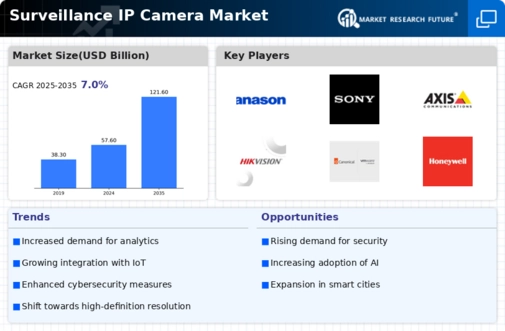
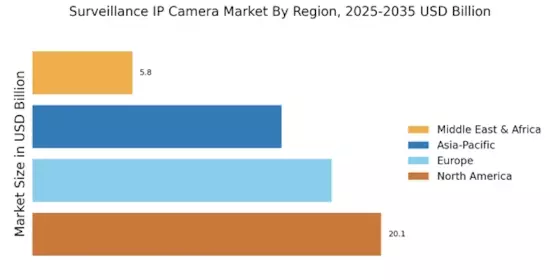
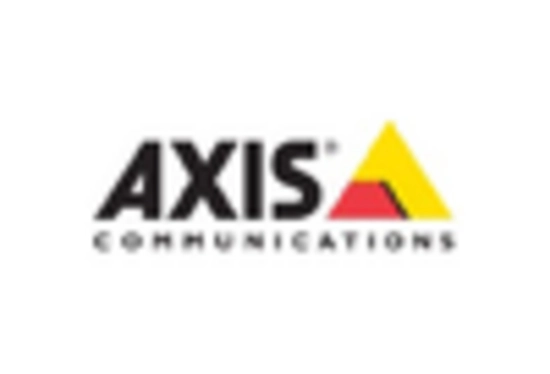
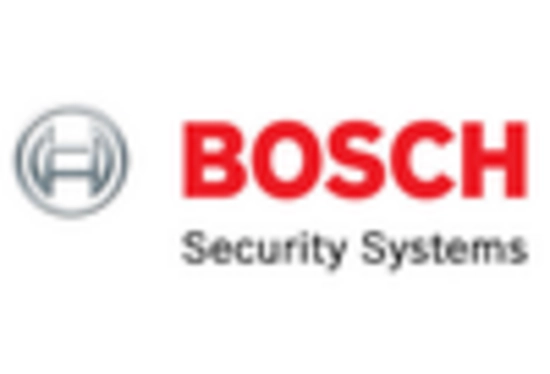
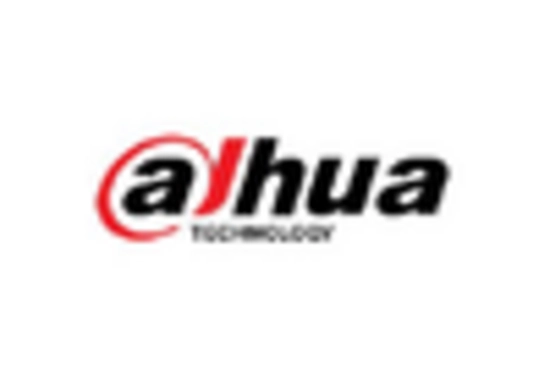
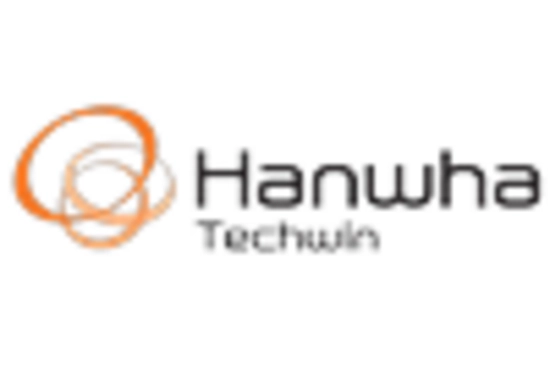
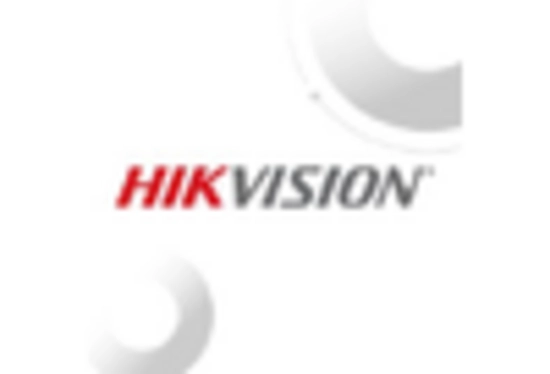
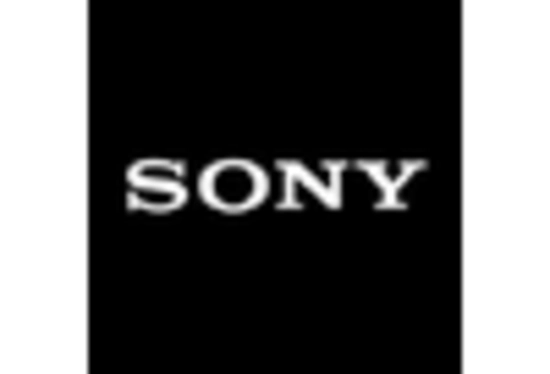








Leave a Comment